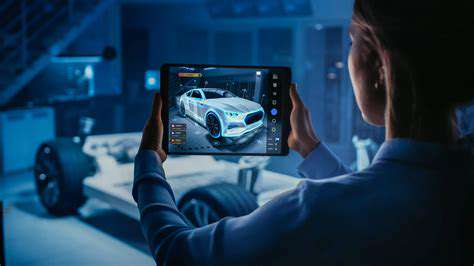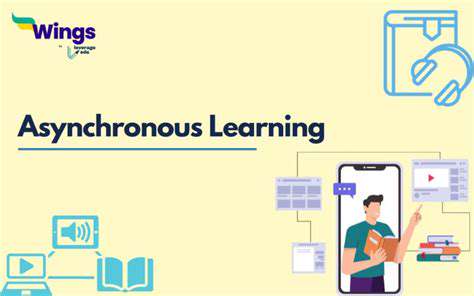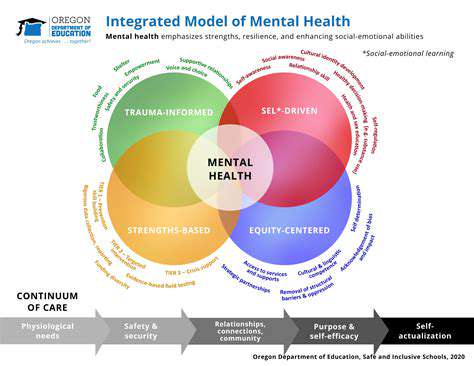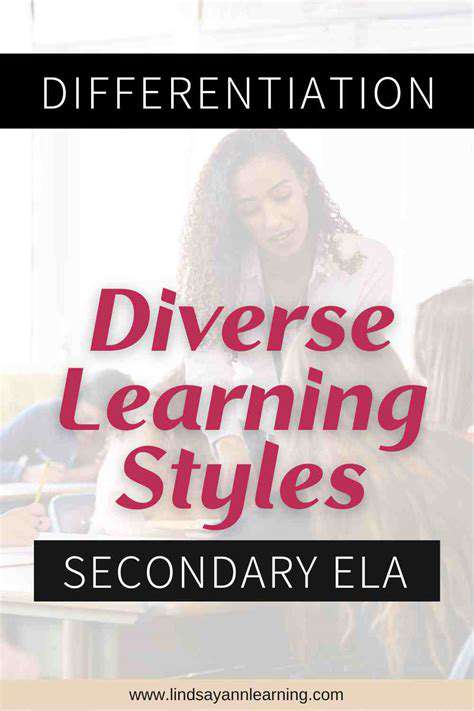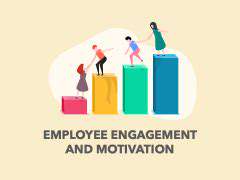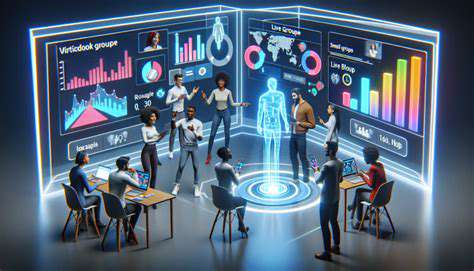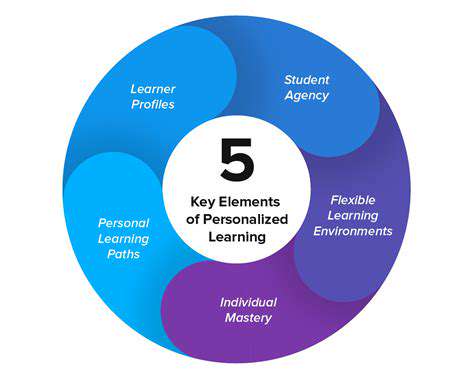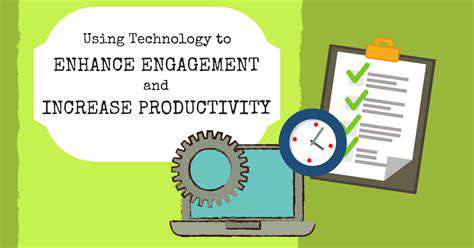Mobile Learning for Sustainable Development Goals
Modern mobile platforms now incorporate sophisticated adaptive learning technologies that adjust to each user's progress. Someone struggling with algebra concepts might receive additional practice problems automatically, while a quick learner could be advanced to more challenging material. This personalization at scale was unimaginable in traditional one-size-fits-all education models.
Personalized Learning Experiences Through Mobile Technologies
The true magic of mobile learning lies in its capacity for personalization. Unlike rigid classroom schedules, mobile platforms allow a working mother in Manila to study coding during her commute, or a farmer in Ghana to review agricultural techniques while waiting at market. These platforms don't just deliver content - they learn about the learner, using data analytics to identify knowledge gaps and recommend targeted resources. The inclusion of gamification elements like badges and leaderboards taps into intrinsic motivation, turning learning into an engaging journey rather than a chore.
Bridging the Digital Divide with Mobile Learning
While smartphones have become ubiquitous in developed nations, the digital divide remains stark in many regions. Innovative solutions are emerging to overcome this challenge - from solar-powered learning tablets in off-grid communities to SMS-based courses for basic phones. Perhaps most promising are hybrid models that combine low-bandwidth mobile access with community learning hubs, ensuring no one gets left behind in the digital education revolution. The success of platforms like Kenya's Eneza Education, reaching over 6 million users through simple feature phones, proves that technological sophistication isn't always necessary for educational transformation.
Mobile Learning and the Future of Education
As we stand at the crossroads of technological advancement and educational need, mobile learning represents not just an alternative, but increasingly the primary mode of knowledge acquisition. The next frontier involves integrating emerging technologies like AI tutors and augmented reality into mobile platforms, creating immersive learning experiences that adapt in real-time. While traditional classrooms won't disappear, they'll increasingly serve as complements to mobile learning ecosystems that extend educational opportunities far beyond school walls.
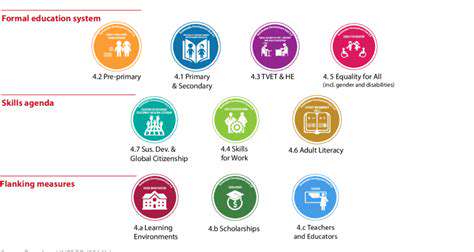
Accessibility and Inclusivity in Mobile Learning for SDGs
Ensuring Digital Equity for All Learners
The promise of mobile learning can only be fully realized when we address the hardware and connectivity gaps that persist globally. Initiatives like India's Digital Saksharta Abhiyan demonstrate how governments can partner with tech companies to provide subsidized devices and community Wi-Fi hotspots. However, true accessibility goes beyond hardware - it requires designing for the full spectrum of human diversity. This means voice navigation for the visually impaired, simplified interfaces for cognitive disabilities, and offline functionality for areas with intermittent connectivity.
Designing Inclusive Learning Experiences
Creating mobile learning that resonates across cultures requires more than translation - it demands deep cultural contextualization. A math problem about subway schedules might confuse rural African learners, just as agricultural examples might alienate urban youth. The most successful platforms employ local educators to adapt content, ensuring examples and scenarios reflect learners' lived experiences. Interface design must also account for varying digital literacies, with intuitive navigation that doesn't assume prior smartphone experience.
Accessibility Features in Mobile Learning Platforms
Modern accessibility features have evolved far beyond basic screen readers. Today's cutting-edge platforms incorporate AI-powered features like real-time sign language avatars for the hearing impaired, or haptic feedback for visually impaired users navigating STEM content. Perhaps most innovative are emerging technologies that adapt interfaces based on user behavior - automatically enlarging text when a learner squints, or simplifying navigation when frequent errors occur. These intelligent adaptations create truly personalized accessibility without requiring manual adjustments.
Culturally Responsive Mobile Learning Content
The move toward culturally responsive content represents a paradigm shift in educational design. Rather than merely avoiding offense, the most effective platforms actively celebrate diversity through localized content creation. In practice, this might mean an Arabic language platform using Islamic geometric patterns to teach geometry concepts, or a health education app in Latin America incorporating traditional herbal remedies alongside modern medicine. Such approaches validate learners' cultural identities while delivering critical knowledge.
Addressing Language Barriers in Mobile Learning
While machine translation has made strides, truly effective multilingual education requires more than literal translations. Idioms, metaphors, and cultural references often don't translate directly. Leading platforms now employ transcreation teams - linguists who adapt content while preserving educational intent and cultural relevance. Some innovative solutions even incorporate community-sourced translations, allowing learners to contribute and verify local language versions, creating a virtuous cycle of linguistic accessibility.
Evaluating and Improving Accessibility
The most successful mobile learning initiatives treat accessibility as an ongoing process rather than a one-time checklist. By embedding feedback mechanisms directly into platforms - from simple rating systems to AI-powered sentiment analysis of user interactions - developers gain real-time insights into accessibility barriers. Some platforms have pioneered accessibility stress testing, deliberately using the platform with various impairments to identify unseen challenges. This commitment to continuous improvement ensures mobile learning remains truly inclusive as technology and user needs evolve.

